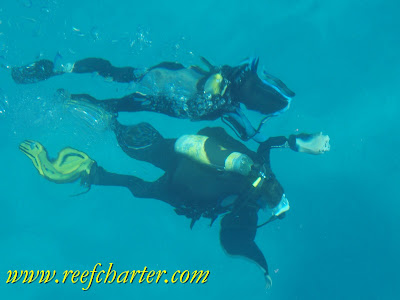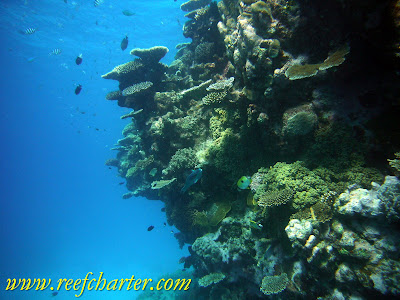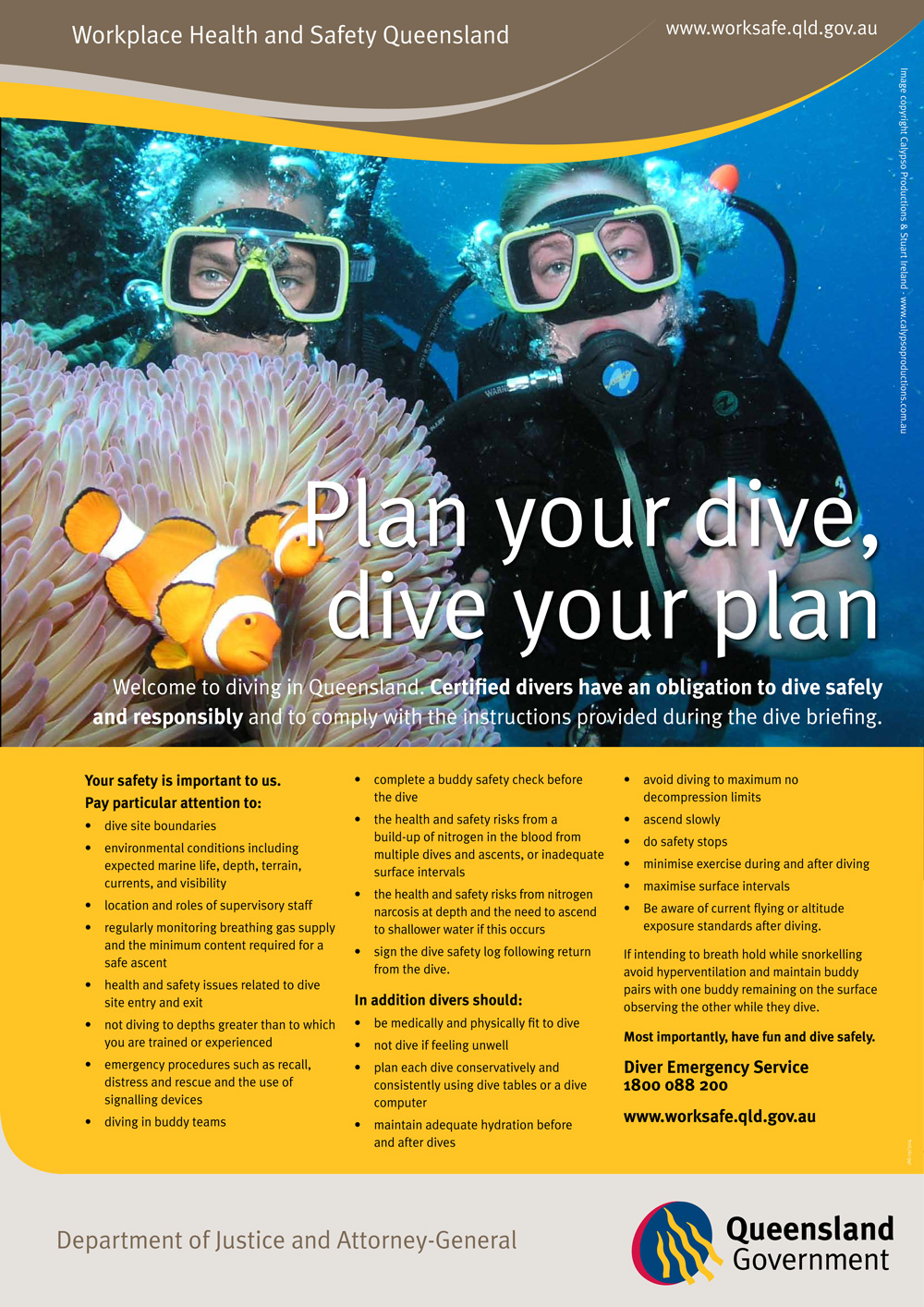We want you to have the best experience and most relaxed vacation as you travel to Australia. So please heed the mistakes of others and make your trip the best it can be.
Over the last few weeks we have had quite a few people miss out on the trip they wanted because they delayed in booking. They made the mistake of thinking they may get some some last minute deal. If there is no room there is no room. You don’t just show up to the airport on your date of travel expecting to get the flight and seat you want. So why go to the destination of your holiday without plans. It is great to be flexible and allow yourself to experience the native flavor.
However you can avoid getting a second class trip or having to settle for tours that are leftovers by booking the key events of your trip. Leave some time for spontaneity but plan the main points of your trip before hand it saves a lot of time and stress. Instead of sitting in a booking office shouldn’t you be walking on a beach or enjoying your holiday. So book early, relax, have fun, and we hope to see you in the coming months.
Category: Travel Tips
Scuba Dive, Me? No Way!
We hear this everyday as we meet guests on the boat, and they quickly change their mind after seeing the beautiful world below. Well how do I get to experience this? I don’t have the time or never done anything like it before. The easiest and safest way is known as a resort dive, introductory dive or discover dive. This enables you to experience the joys of diving with a short briefing beforehand and then an experienced dive instructor dives with you. On our reef trips we limit the number of introductory divers to two for each instructor. That means they are in direct contact with you during the dive, there to answer any concerns and help you if you have any issues at all. You are limited to a maximum depth of 12 metres (39ft) and a lot of the time you will be shallower.
So what do I need to do to get started? First of all, there is no one forcing you to try to dive so you have to want to do it yourself. Listen to guides, remember to breathe and most of all relax and have a great time! You will be required to fill out a Medical Questionnaire onboard. Certain conditions automatically preclude people from participating in an Introductory Dive, without getting a Dive Medical Exam and getting a “Fit to Dive” Certificate from an Australian doctor (or one who conforms to the Australian Standard AS4005.1 Compliance). One common condition, among others, is asthma. Click here for more information and/or please ask us if you have any questions or concerns.
Almost without exception as the new diver surfaces they let out expressions of joy. Countless testimonies from our guests count it as one of the best things they have ever done. With a little bit of faith and willingness to have a try you’ll be soon floating around coral walls like the one below. You won’t get a certificate to dive after doing an introductory but more then likely will catch the bug and be wanting to do it again and again. The best part after trying to dive with us you can proudly tell everyone for the rest of your life, “I scuba dived on the Great Barrier Reef.”
10 Tips for Great Underwater Photos
“You Taking a Photo of Me?”
At a request from Rob here is an article on how to take some great photos in the water. Thanks for the suggestion Rob and hope to see you back in Australia shortly. If you have a request for an article on one of our specialties please ping us on Twitter.
1 . As with anything in the water it is best to best to be calm and relaxed and move slowly. Taking photos while in the water either diving or snorkeling takes a little practice and is better if you work with the elements rather then against them.
2. Try to time the taking of the photos with the movement of the water, wind and other environmental variables. Again do not fight them but relax move in harmony with the elements.
3.Whether snorkeling or diving work on your stability in the water that means your buoyancy and how you are able to balance and relax in the water. It will take some practice to be able to become stationary, but well worth the effort.
4. Start taking pictures of fixed objects first such as reefs, underwater structures, corals, etc first. This will help your stability above and give you confidence to be able to frame your picture later. Keep your distance steady, slowly adjust the camera. Making adjustments quickly and constantly will make for erractive and out of focus pictures.
5. Hire a digital camera, this way you can take as many pictures as you want without running out of film. It is best to hire a small compact digital camera without strobes until you get your buoyancy correct. Heavier cameras make it difficult to hold a steady shot for the beginner.
6. Let your dive instructor or guide know that you want to practice taking photos; this will allow them to pick something that will photograph well and also plan the dive appropriately so you have all the time you need to get confident.
7. Ask questions of your tour staff, they will be more then happy to show pointers and evaluate how to improve your photos if you ask.
8. Avoid crowds, dodging other divers and snorkelers will frustrate you as well as take away your focus from your job at hand. Stay with a friend and pay attention to each other to make sure you are in contact, it is very easy to get separated while taking photos.
9. Have fun and try to photograph subject matter you are interested in, this will make the process a lot more enjoyable and you’ll be surprised how quickly you improve if there is a little passion behind your photos.
10. Once you are confident and taking some good photos of corals have a go at the fish or turtles. If the fish or moving animals move away from you do not chase them. No matter how good a swimmer you think you are they are better. Relax and move on to the next object, if you are calm and relaxed they may even circle back giving you another opportunity for that perfect photo.
As you can see to start taking good photos you have to be relaxed and most of all enjoy the experience. After a short time you’ll be taking some great photos that you’ll be proud to show your friends, colleagues and relatives for years to come. Here are some of the photos that our previous guests have taken. You too can be taking some great photos on the reef in a short time also. So if you are heading to Cairns or the Great Barrier Reef we’d love to show you some of the tricks of the trade.
Your Responsibilities as a Scuba Diver
The Diving Industry regulator for Queensland has produced a great poster outlining the responsibilities you have as a scuba diver. The workplace safety organization in Queensland, Australia engages with industry on a regular and consultative basis to ensure we remain the safest place to dive in the world.
The poster is also a reminder for some of the pre-check procedures we as divers sometimes take for granted. If you want a copy of the poster for your dive shop please contact Workplace Safety on 1800 088 200 or via their website



